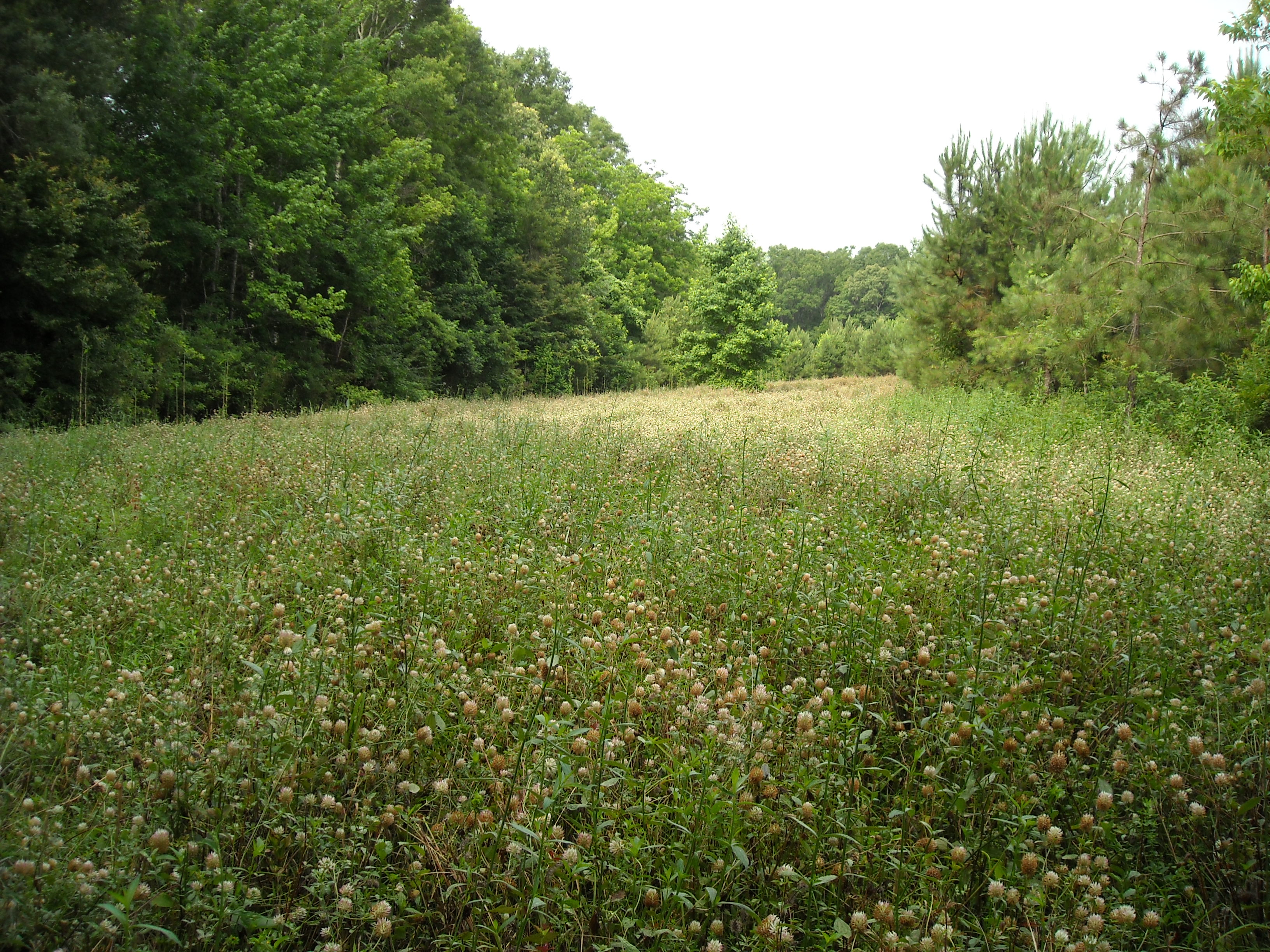
The Black Belt Region
The Black Belt Region of Mississippi and Alabama once included more than 350,000 acres of native grasslands. These prairies are a product of their unique geology. Many of the native grasslands in the region have been converted to production agriculture or pine plantations, or have been significantly degraded by the presence of non-native grasses and invasive native woody plants. Remnant prairie sites are scattered across the region, most of which are no greater than 10 - 20 acres in size.

 In 2012, the MDWFP in cooperation with the U.S. Fish and Wildlife Service, Wildlife Mississippi, and Mississippi State University hosted the Southeastern Prairie Symposium in Starkville, Mississippi. The symposium allowed southern prairie restoration researchers and practitioners to meet and share ideas. The symposium was attended by more than 120 natural resources professionals representing 14 states.
In 2012, the MDWFP in cooperation with the U.S. Fish and Wildlife Service, Wildlife Mississippi, and Mississippi State University hosted the Southeastern Prairie Symposium in Starkville, Mississippi. The symposium allowed southern prairie restoration researchers and practitioners to meet and share ideas. The symposium was attended by more than 120 natural resources professionals representing 14 states.